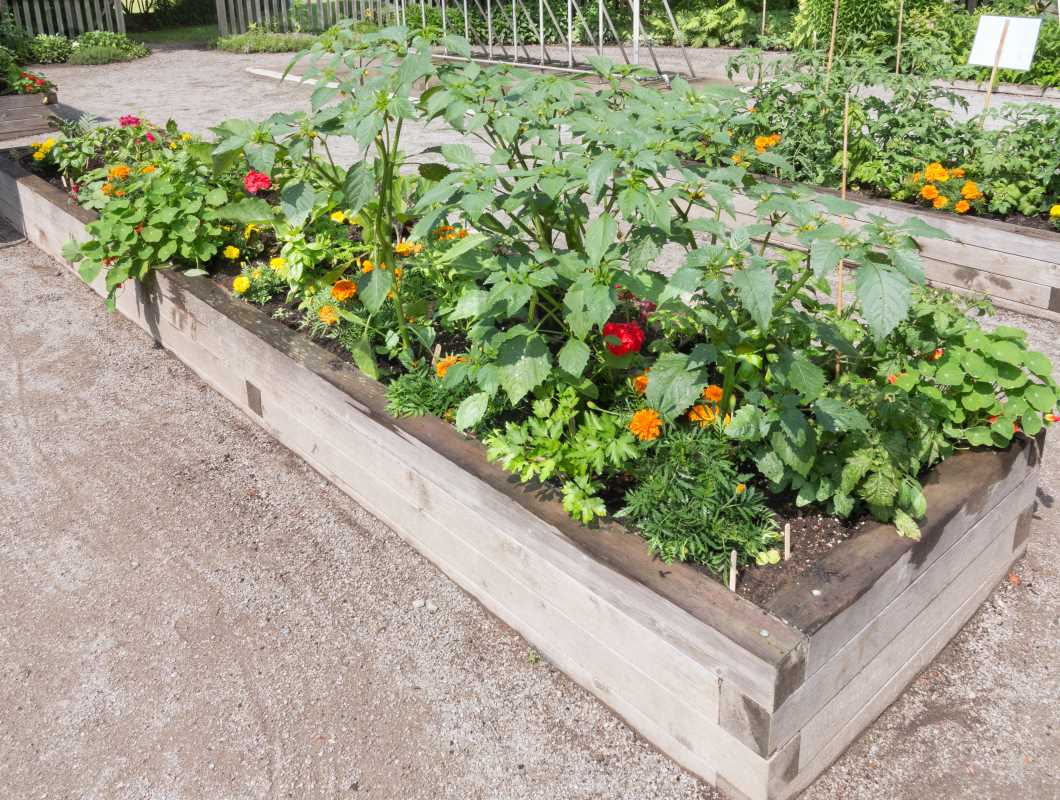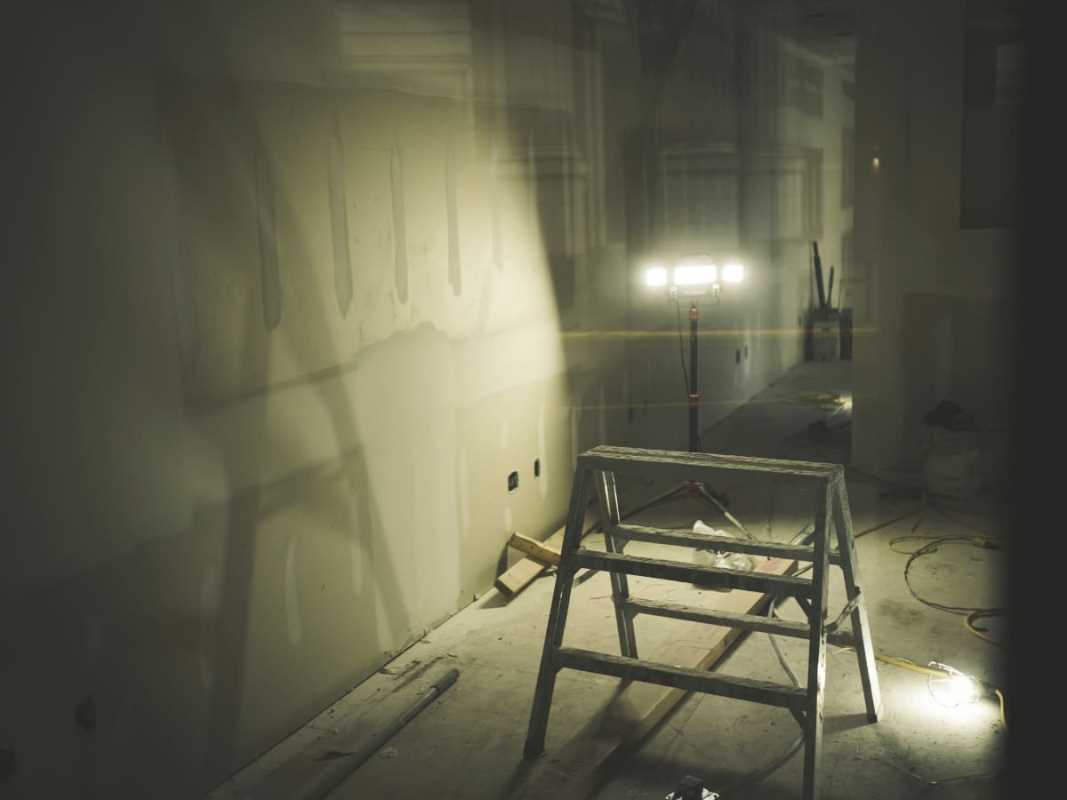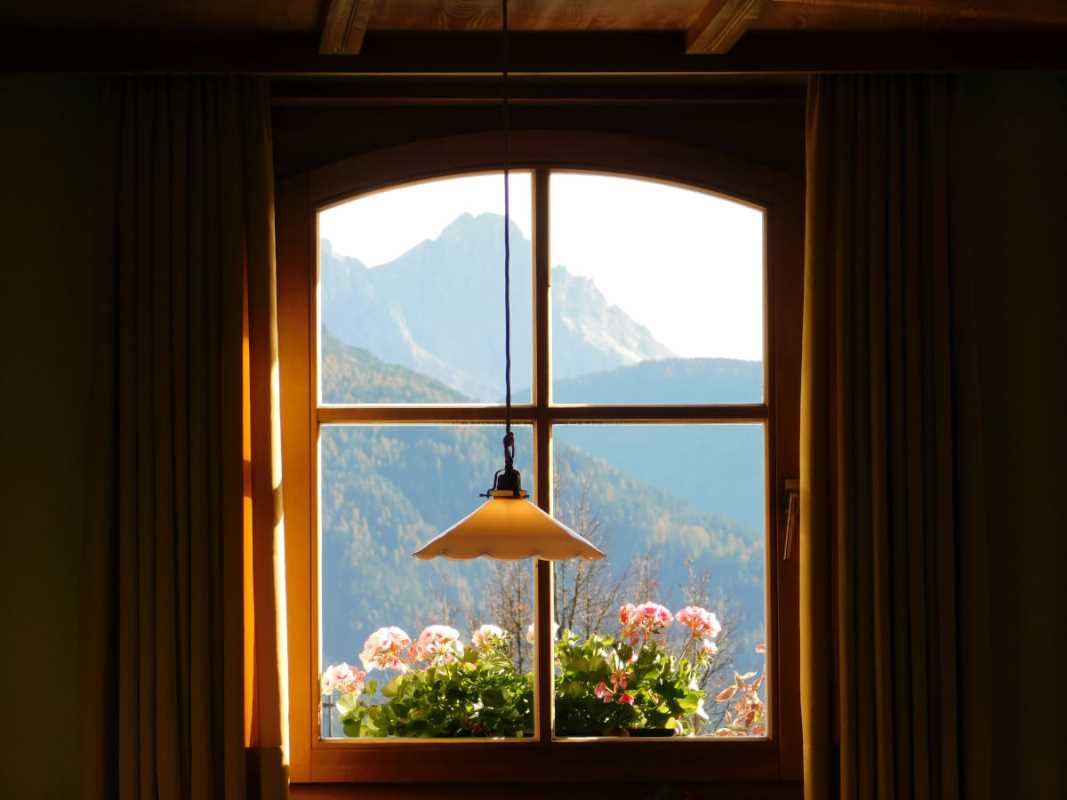Watering your garden with a rain barrel is not only eco-friendly but also a fantastic way to save money on your water bill. By capturing rainwater and putting it to good use, you’re doing your part to conserve one of our planet's most valuable resources. The best part? Building your own rain barrel is far easier than it sounds. With some basic supplies, a little time, and a dash of DIY flair, you’ll have your very own rainwater harvesting system in no time. Here’s how you can do it.
Picking the Perfect Barrel
The heart of your rain barrel system starts with, you guessed it, the barrel. But not just any container will do. You’ll want something sturdy, durable, and ideally food-grade. Old food barrels or large plastic drums work perfectly since they’re built to hold liquids and won’t deteriorate when left outside in the elements. Local restaurants or industrial suppliers often have containers they’re willing to part with if you’re on the hunt for one.
Size matters when selecting your barrel. The larger, the better, as long as it fits in your space. A standard rain barrel holds around 50 to 60 gallons of water, which is usually enough for a small to medium-sized garden. If you’ve got a bigger garden or live in a rain-prone area, you might even want to connect multiple barrels for extra capacity.
Once you’ve found your barrel, make sure to clean it thoroughly. Even if it’s a food-grade container, give it a good rinse to remove any residue from its past life. Avoid barrels that previously held chemicals or anything that could be harmful to your plants. A sturdy, solid, and clean barrel is the first step toward rainwater success.
If you’re feeling extra creative, paint your barrel to give it some personality. A bright color or a natural wood effect lets it blend into your garden’s aesthetic or stand out as a quirky feature. Just make sure to use weather-resistant, non-toxic paint for a job well done.
Setting Up the Perfect Spot
Choosing where to place your rain barrel will make all the difference in how effective and convenient your setup will be. Ideally, you’ll want it under a downspout on your home or shed’s gutter system. These spots are prime for capturing the most rainwater with little effort.
Think about stability. A full rain barrel can weigh hundreds of pounds, so you’ll need a solid, level surface. Place it on patio blocks, a concrete slab, or specially built supports to keep it steady. This step is crucial for both safety and functionality. You don’t want your carefully collected rainwater tipping over in a gust of wind or an accidental bump.
Height is another key factor. Elevating your rain barrel a few feet off the ground allows gravity to work its magic, giving you better water pressure when using a hose or spigot. This is an especially handy trick if your garden is slightly downhill from where your barrel will sit.
Be mindful of placement when it comes to sunlight and temperature. Placing your rain barrel in the shade or a partially shaded spot can help keep the water cooler and slow algae growth. Plus, a shaded barrel just tends to look a little less weathered over time.
Finally, don’t forget easy access. A rain barrel that’s awkward to reach or hard to maneuver around isn’t going to be super useful. Set it up in a spot where you can attach hoses, fill watering cans, or access overflow without tripping over garden beds.
Making the Barrel Rain-Ready
Now comes the fun part: transforming your container into a functional rain barrel. To start, you’ll need a few accessories to get things rolling. A spigot, a mesh screen or debris diverter, and an overflow outlet are key parts of a working system. Fortunately, these items are easy to find at most hardware stores, and many come in kits designed for DIY rain barrels.
Drill a hole near the bottom of your barrel and install the spigot. Make sure the threaded connection fits tightly to avoid leaks, using a rubber washer and plumber’s tape for extra security. This is where you’ll attach a hose or fill a watering can later, so it’s worth taking the time to get it right.
Next, add an inlet to capture rainwater from your downspout. Cut a hole near the top of your barrel and fit it with a mesh screen. This keeps debris like leaves and twigs from getting into your water while also preventing mosquitoes from breeding in your barrel. If mosquitoes are a big concern in your area, look for fine mesh or even specialty screens designed to keep pests out.
For overflow, drill another hole near the top of your barrel and attach a hose or outlet fitting. This allows excess water to safely flow away from your home’s foundation during heavy rains, directing it into a drain or garden bed. Overflow is especially important if you plan on connecting multiple barrels, as it prevents backups and spills.
Connecting the Gutter System
To actually capture rainwater, your barrel needs to be connected to a downspout. You’ll need a hacksaw or heavy-duty saw to trim your downspout so that it lines up neatly with the barrel inlet. This step might seem daunting, but a little patience and careful measuring go a long way.
Attach a downspout diverter to redirect rainwater into your barrel. Diverters make it easy to switch between collecting rain and letting water flow normally through your gutters during the off-season. Most diverters are adjustable and can be fitted to various gutter sizes, so it’s easy to find one that’s compatible.
Once your diverter is in place, check all connections to ensure water will flow into the barrel without leaks. A quick test during a light rain shower lets you see if your setup is working perfectly or if any adjustments are needed. Keeping the connection snug helps maximize collection and prevents wasted water.
If you have multiple barrels, connect them with a simple overflow hose system. This allows water to fill the first barrel and then spill over into the next, giving you a larger storage capacity without overloading a single container. It’s a clever way to double or triple your water collection without needing extra downspouts.
Keeping It Clean and Functional
Once your rain barrel is up and running, maintenance is key to keeping it effective for seasons to come. Regular cleaning is the first step. Empty and wash out your barrel with a mixture of water and vinegar every couple of months to clear out debris, dirt, or algae that may accumulate over time.
Inspect your mesh screen or diverter for clogs after each significant rainfall. Leaves and other debris can build up surprisingly quickly, so keeping everything clear ensures water flows freely into your barrel.
Speaking of freezing temperatures, rain barrels should be emptied and winterized in cold climates to avoid cracking or damage. Store the barrel upside-down or in a shed to keep it safe until spring.
 (Image via
(Image via





